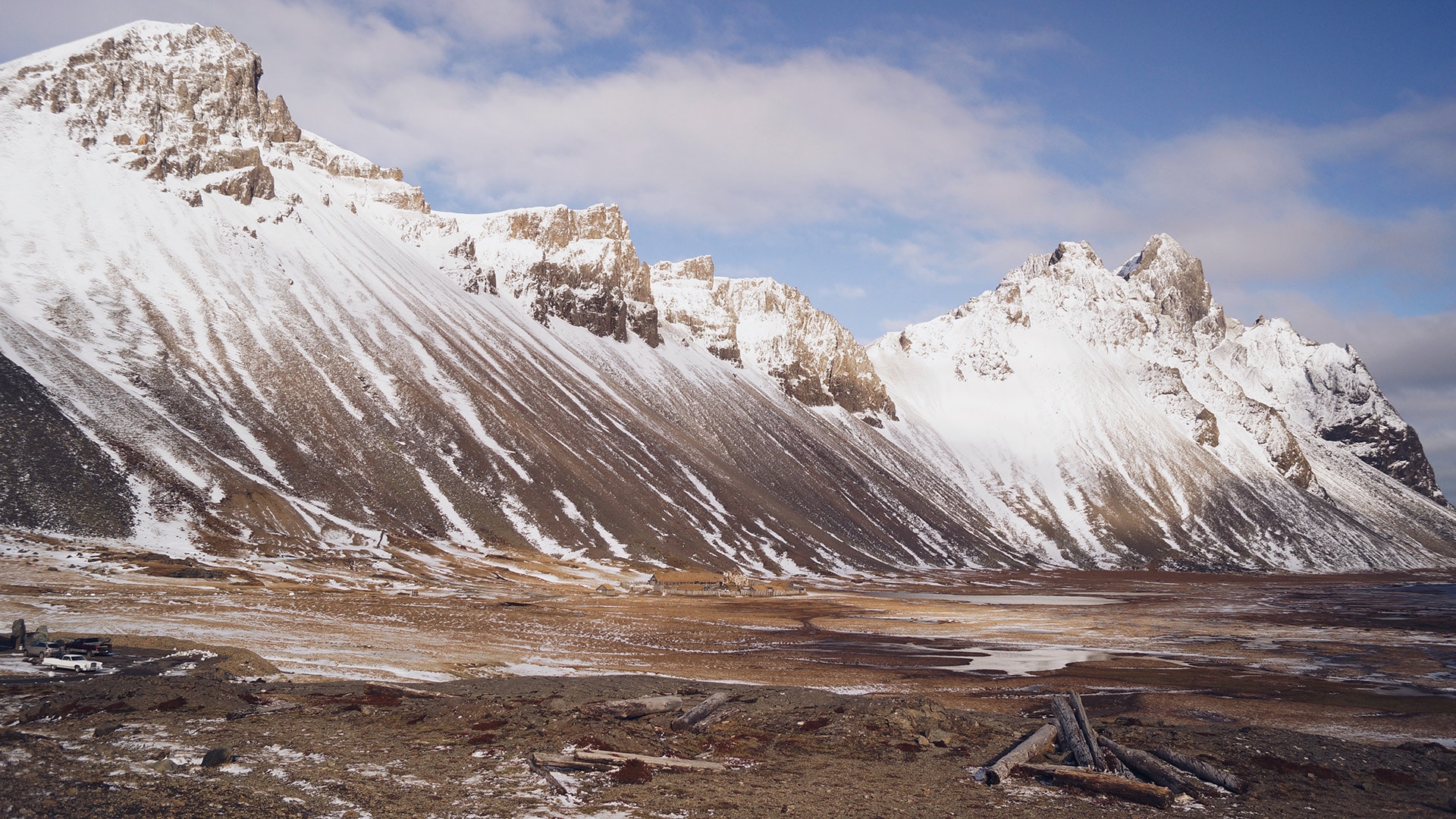Mountains have always made great photographic subjects. They dominate the surrounding landscape with their size and grandeur and never fail to impress with their changing reflections and dizzying peaks. Dotted with snow in winter, they naturally make for stunning shots. So here are some tips for the best ways to shoot mountain photography, if you’re lucky enough to be surrounded by the mountains.

You’re getting blind.
Don’t miss the best of visual arts. Subscribe for $9 per month or $108 $90 per year.
Already suscribed ?



